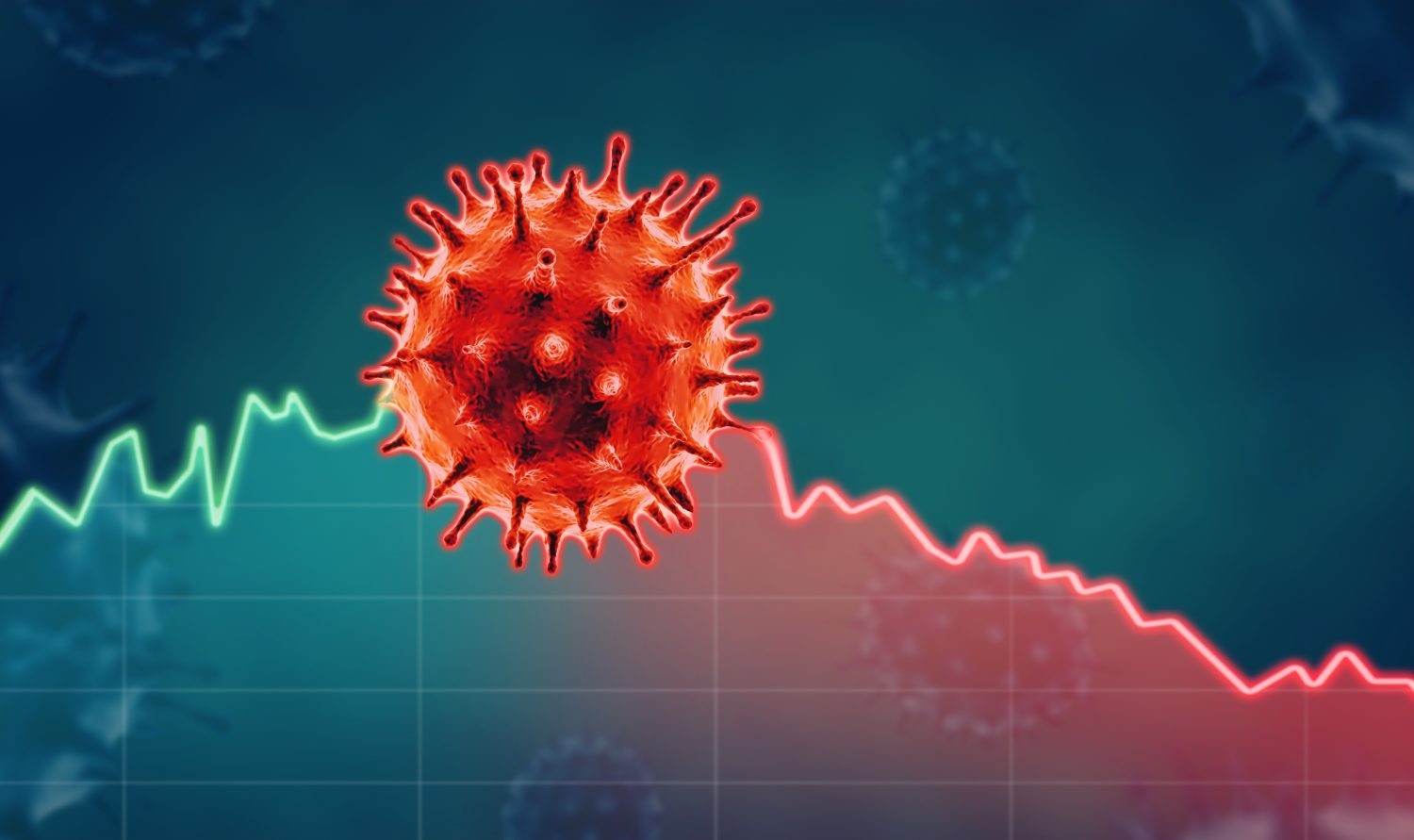Why large-scale anti-body testing could lower contagion of COVID-19
Dr Luis Guimaraes highlights how largescale antibody testing is vital in the fight against COVID and could lead to an increase in social interaction.

The COVID-19 pandemic has virtually stopped the UK economy and has led to the death of more than 120 thousand people in the UK and 2.5 million worldwide by the end of February 2021. In the hope of constraining the pandemic, the UK government, and others around the world, restricted movement, imposed costly lockdowns and quarantines, forced the closure of businesses, and increased the scale of viral testing and contact-tracing.
In such dire circumstances, any help that prevents contagion is welcomed. In Guimaraes (2021), I argue that large-scale antibody testing helps mitigate SARS-COV-2 contagion and, thus, COVID-19 related deaths. My point is the following: by revealing that susceptible individuals are not immune, antibody testing increases their social-distancing, lowering the scale of the pandemic.
In the COVID-19 pandemic, exposure to the virus depends heavily on individual choices. As the virus propagates through social contact, social distancing (e.g., ordering more take-away instead of eating in restaurants or more Zoom rather than in-person gatherings) critically lowers exposure to the virus for two reasons. It directly protects those that social distance as their exposure falls and, because the number of infectious individuals falls, it protects all others indirectly. Therefore, social distancing can both directly and indirectly lower contagion, reducing congestion at hospitals, and saving lives.
But social distancing is costly. It is far more entertaining to be with friends and relatives unconstrained or going to the pub, cinema, and restaurants than the alternative of staying confined at home. Thus, there is an apparent trade-off: individuals only social distance if they expect that the benefits from lower exposure to the virus compensate for the costs of social distancing.
In deciding the degree of social distancing, information is key. It is key to know how the disease propagates to know how to avoid exposure. And it is key to know the costs of infection (e.g., how likely it is to die of the disease). Because of the latter, those that are susceptible tend to constrain their social activity to reduce exposure, while on the contrary, those that are immune prefer to avoid social distancing.
Yet, there is a significant information problem associated with SARS-COV-2. As most individuals that are infected do not develop symptoms or only develop mild ones, most of those that were infected are unaware of the infection. For example, in June 2020, after the first wave of infections in the UK, the Office for National Statistics estimated that about 5.4% of the English population had been infected but less than 15% of those had been diagnosed. Put differently, a staggering 85% share of infected individuals were not diagnosed. To make the information problem even worse, past infection is associated with, at least, temporary immunity. Therefore, many recovered and immune individuals were (and likely still are) unaware of their immunity. Therefore, there is uncertainty about the susceptibility to the virus.
This uncertainty unlikely prevails for those that worked at home and effectively social distanced. But there is much uncertainty for those that could not stay at home, especially in cities and regions with many infected individuals like London. Faced with such uncertainty, these individuals naturally wonder whether they were infected but asymptomatic in the past and, thus, whether enduring the costs of social distancing is warranted. This shadow of doubt might lead susceptible individuals to be less cautious, reducing social distancing and increasing SARS-COV-2 contagion.
Antibody tests, however, resolve almost all this uncertainty. Antibody tests identify those that have developed specific antibodies against SARS-COV-2, implying a previous contact with the virus. As antibodies are expected to protect individuals in case of a new exposure to the virus, those with antibodies should be immune, at least temporarily.
To measure the importance of antibody testing, in Guimaraes (2021), I built an economic model of epidemics extending the standard SIR epidemiological model, widely used to guide policy during the pandemic, to include individuals’ choice of social distancing.
In the model, individuals react to the available information. When infections rise, individuals realise the increased risk of infection and lower their social contacts, which reduces the effective reproduction number, Rt. But if susceptible individuals are unsure of their health state and erroneously believe to be immune, they constrain their social activity by less than otherwise. Therefore, by informing individuals, antibody tests reduce average social activity and permanently lower COVID-19 related deaths. When the model is calibrated to capture the costs of social distancing and of infection as well as the basic reproduction number, R0, I find that antibody testing could prevent approximately 12% of COVID-19 related deaths within 12 months. This would unlikely avoid the recent lockdowns enacted in the UK, but it would likely avoid much suffering and death.
In conclusion, largescale antibody testing would help to identify immune individuals, allowing them to enjoy the benefits of social activity. But, critical for contagion, negative antibody testing would identify those that are not immune, compelling susceptible or vulnerable individuals to be more cautious and, thus, increase social distancing and spread of the virus.
Image appears courtesy of Shutterstock.




